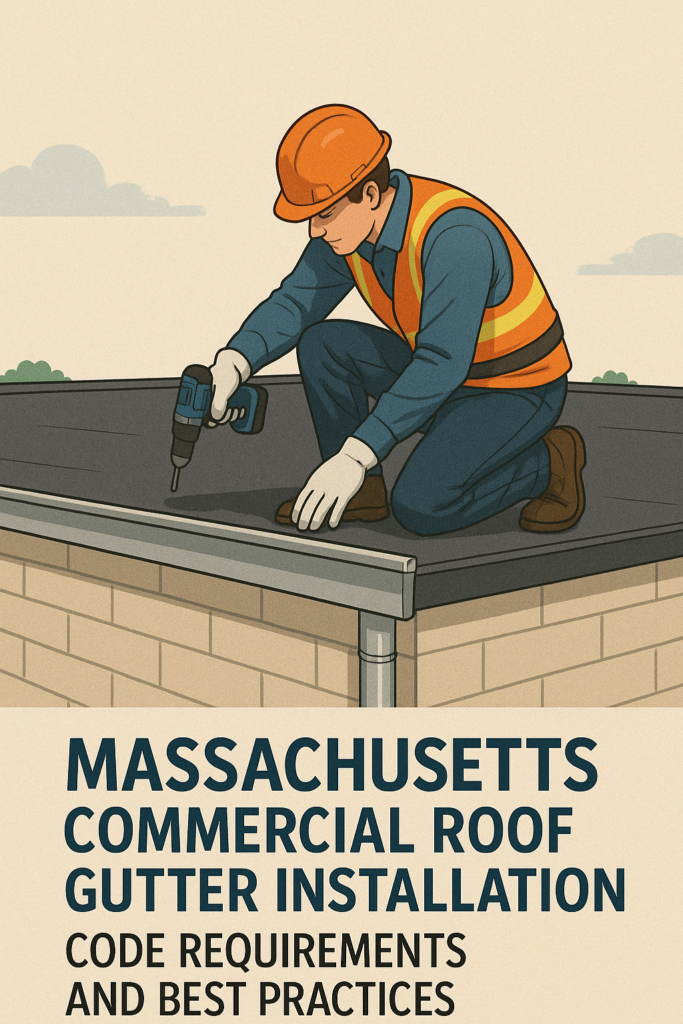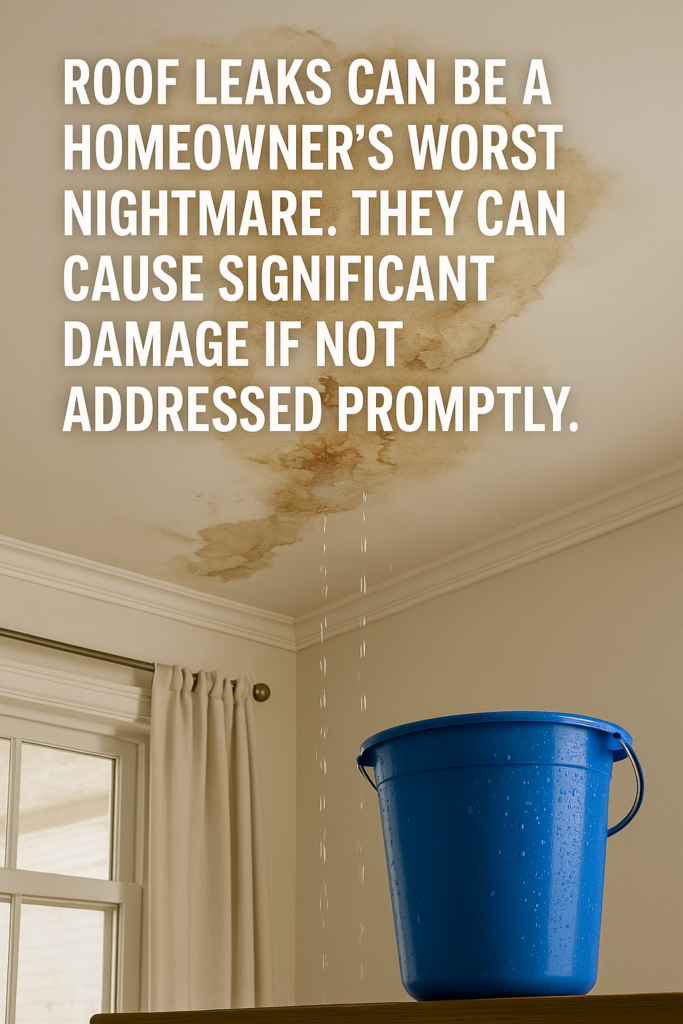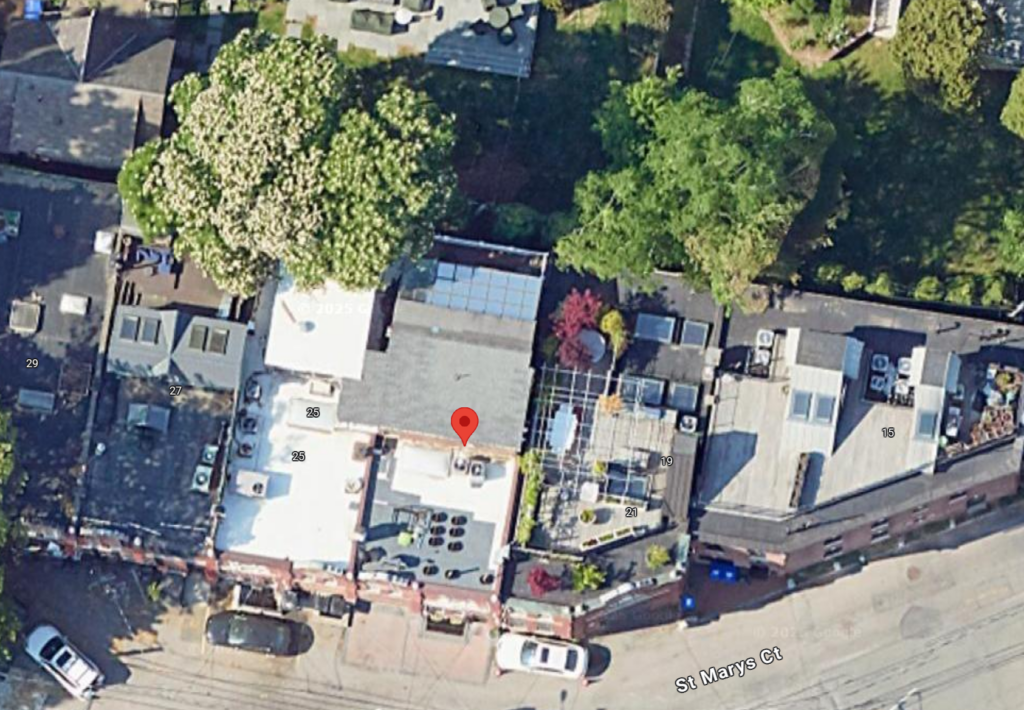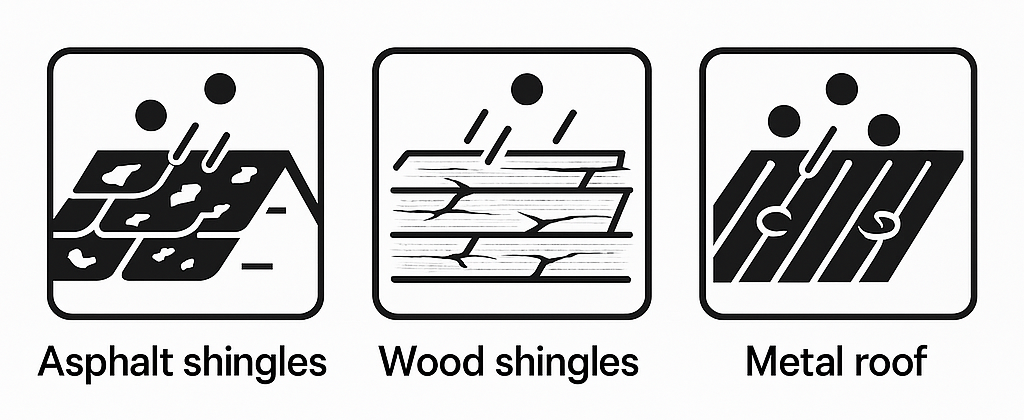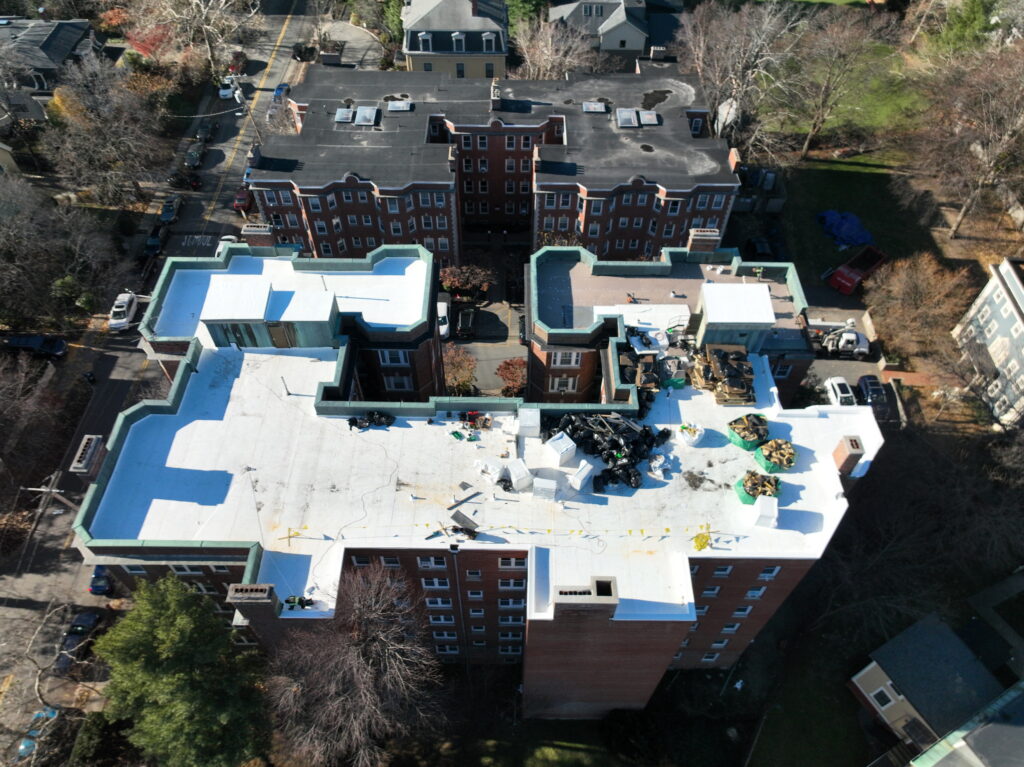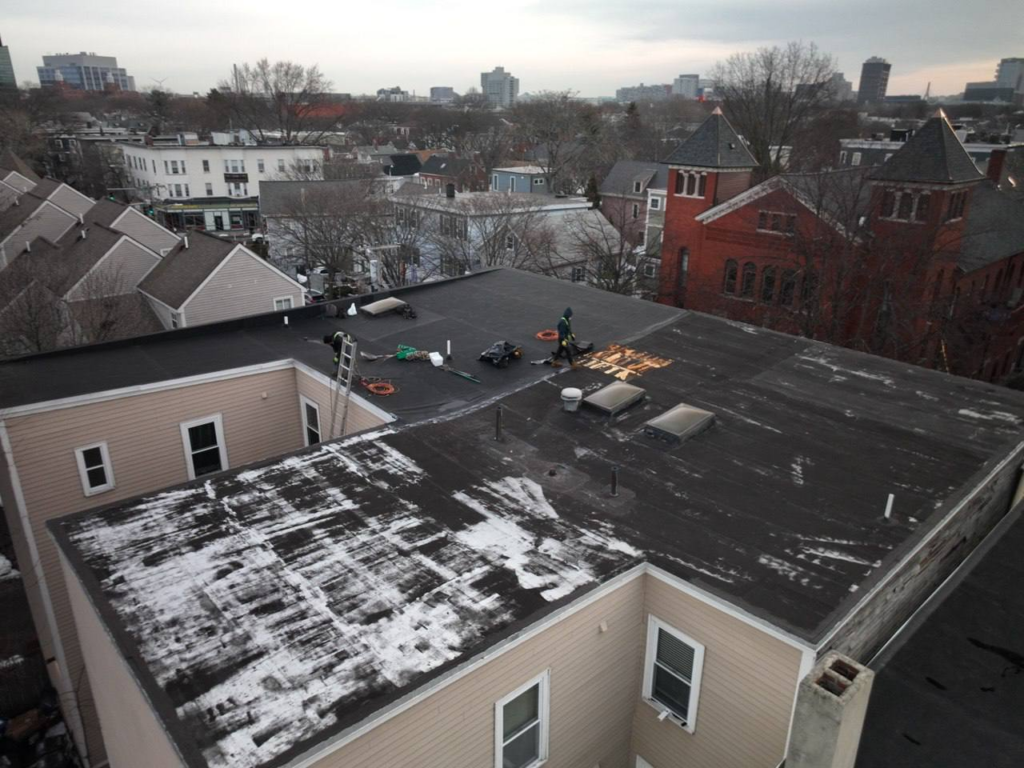Top Low Slope Roof Treatments: Most Durable and Efficient
Reading Time: 11 minutesAre you worried about your low-slope roof’s durability and efficiency? This article covers low-slope roof treatments to prevent leaks and extend roof life. Find out the best options to keep your roof performing and your investment safe.
Quick Facts
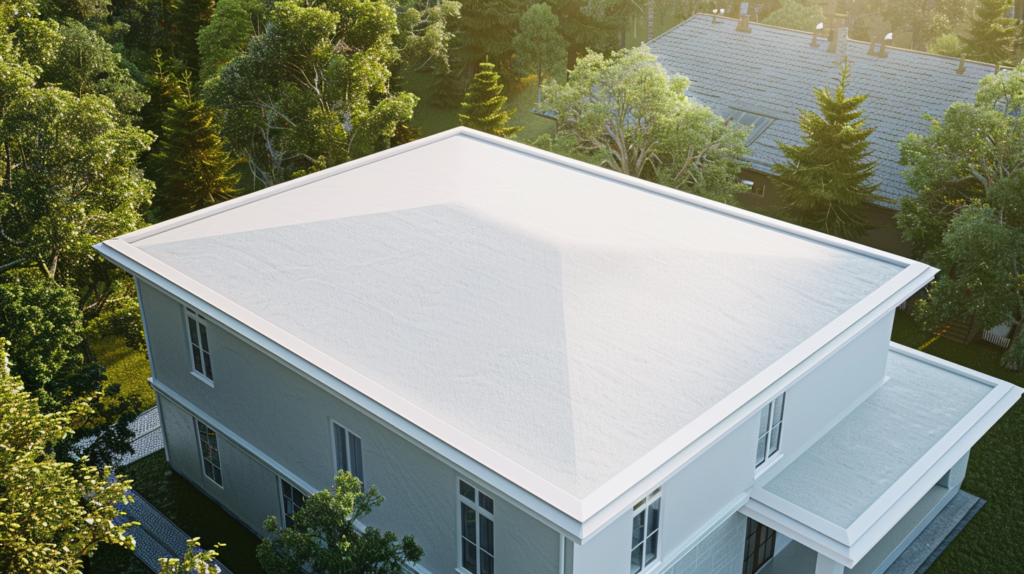
- Low-slope roofs in commercial buildings need proper drainage and good materials to prevent water damage. Consulting with experienced roofing contractors can help ensure the best materials and methods are used for your specific needs.
- The low-slope roof system components are the roof deck, vapor control layer, and roofing membrane, all of which are crucial for durability.
- Single-ply membranes, modified bitumen, and built-up roofing are popular treatments, and choosing the right one is key to long-term performance. The BUR roofing system, a layered construction that offers robust protection, is particularly suitable for low-slope roofs. Hot asphalt is often used as an adhesive in built-up roofing and modified bitumen installations, offering both advantages and risks compared to cold processes or self-adhered systems.
What is Low Slope Roof
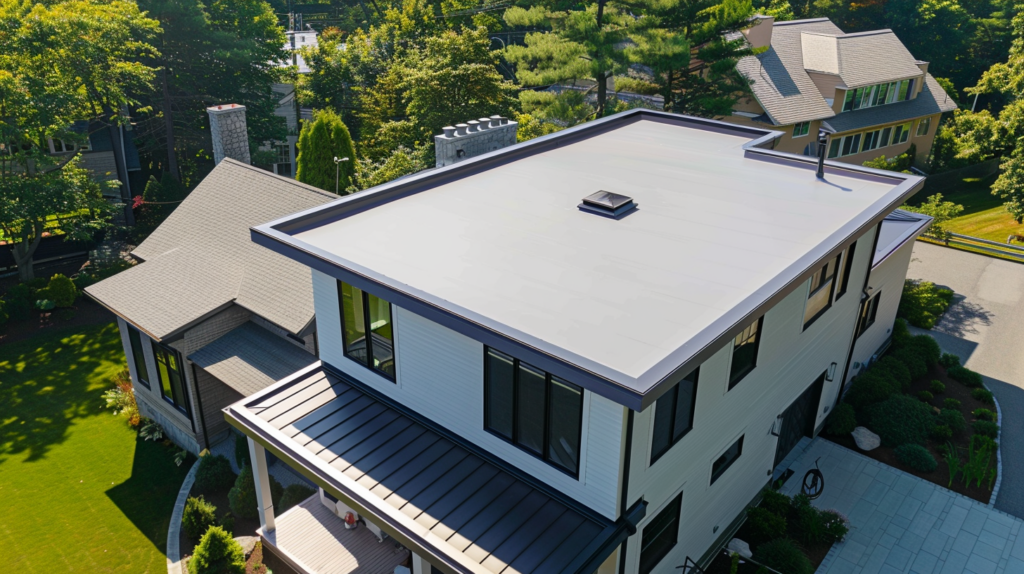
A low slope roof is defined as a roof with a pitch of 14 degrees or less and a slope of 3:12 or less. Though called flat roofs they are not flat but have a slight slope to allow water to drain.
One of the biggest challenge with low slope roofs is water intrusion which can cause major damage if not managed properly.
A well designed protective system and proper flashings are key to prevent leaks. Various roofing solutions are available to address these challenges and ensure the longevity of your low slope roof.
Low slope roofs are found in commercial and multi-family residential buildings due to their practicality and cost effectiveness.
But they are often neglected until a problem arises which can accelerate the deterioration.
Understanding these unique characteristics and potential issues will help you choose the right treatment for low slope roofs.
Where to Find Low Slope Roofs
Low-slope roofs are used in various types of buildings, mostly in commercial and multi-family residential buildings.
These roofing systems are common in commercial spaces because they can house mechanical equipment like A/C units, it’s practical for businesses.
Flat roofs are also a design element in adobe style homes especially in the Northwest U.S and Massachusetts.
Experienced roofing contractors can provide valuable insights and services for the installation and maintenance of these roofing systems.
The low slope roofing industry has seen many innovations to extend life and environmental impact. From single-ply roofing materials to built-up roofing systems, the choices are many.
Knowing the common applications will help you choose the right roofing material whether for new construction or upgrade.
The BUR roofing system is a common choice for commercial applications due to its robust protection and insulation benefits.
Low Slope Roof System Components
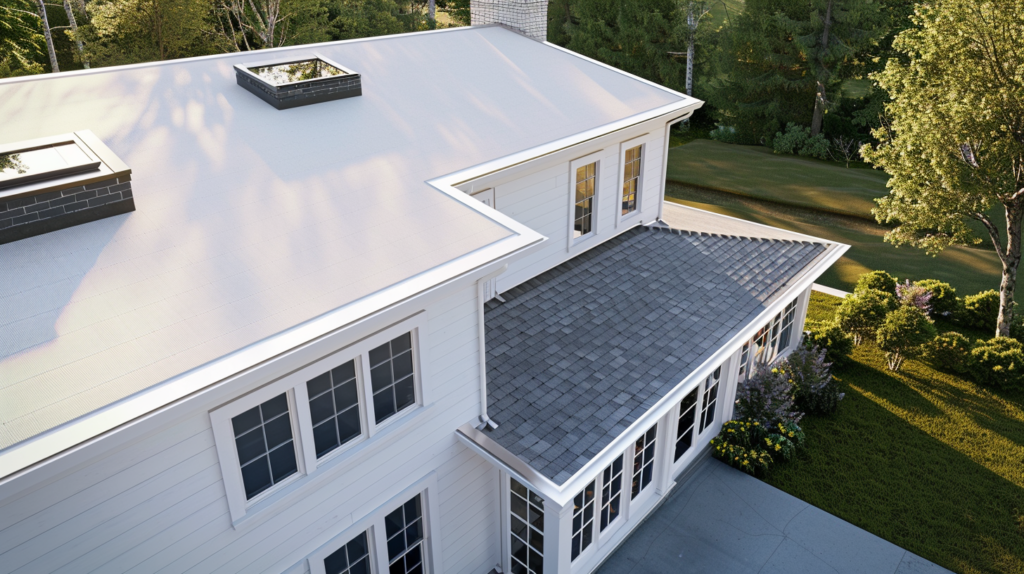
Low slope roofing systems are composed of multiple layers, each has a specific function to ensure the roof’s durability and efficiency.
Choosing the right roofing material is crucial as these roofs are more prone to water damage due to poor drainage.
Traditional roofing materials like asphalt shingles are not suitable for low slope roofs because water can pool underneath the shingles and cause leaks.
Consulting with professional roofing contractors can help you choose the right materials and ensure proper installation.
The low slope roof system components are roof deck, vapor control layer and roofing membrane. These components work together to form a robust and weather tight roofing assembly.
Choosing the right combination of these components based on the building’s requirements and conditions will prevent water damage and extend the roof’s life.
Roof Deck
The roof deck is the base of any roofing system, provides structural support to the entire assembly.
In commercial buildings steel is the most common material used for roof decks because of its strength and durability.
But an insufficient slope can cause water ponding which is one of the common causes of low slope roof failures.
Getting the roof deck right will prevent these issues. Adequate slope and good materials will mitigate the risks of water ponding.
This foundation layer will set the stage for the other components to work. Roofing contractors can help ensure that the roof deck is properly sloped and constructed with the best materials.
Vapor Control Layer
The vapor control layer prevents moisture from entering the building materials, prevents damage over time.
This layer stops water vapor from reaching critical areas and protects the roof’s structural integrity. Roofing contractors play a crucial role in ensuring the vapor control layer is installed correctly to prevent moisture damage.
Installation is key to the overall performance of the roofing system.
Roofing Membrane
The roofing membrane is the waterproofing component of a low slope roof system, protects against water intrusion and UV rays.
Hot asphalt is often used as an adhesive in built-up roofing and modified bitumen installations, providing a strong bond and durability.
Reflective coatings can extend the life of these membranes by shielding them from UV degradation. Choosing the right roofing membrane will extend the life of the roof.
Roofing contractors can help you select and install the most suitable roofing membrane for your low slope roof.
PVC roofing membranes are popular because of its durability and weather resistance. Advanced PVC membranes like those used by ID Flat Roof has better performance and durability for low slope roofs. These membranes are installed using hot air welding to ensure watertight seams.
Low Slope Roof Treatments
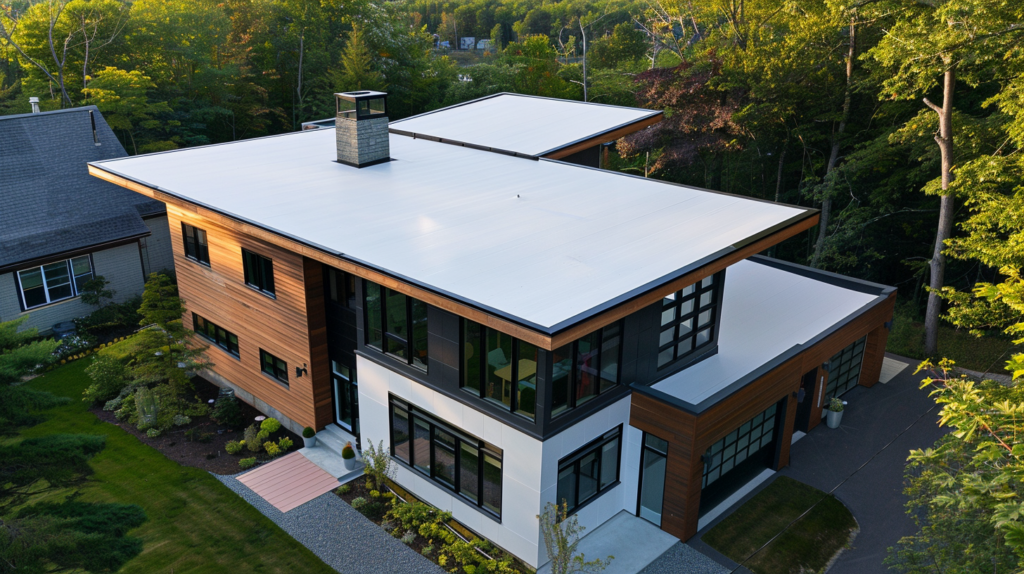
There are many treatments for low slope roofs, each has its own benefits. Common roofing materials are asphaltic membranes, single-ply membranes and built-up roofing.
Choosing the right roofing system will prevent water damage and long term performance. Roofing contractors can provide expert advice on selecting and applying the right treatment for your low slope roof.
The most common treatments for low slope roofs are single-ply membranes, modified bitumen membranes and built-up roofing (BUR). The BUR roofing system is a layered construction that offers robust protection and insulation benefits, suitable for low-slope roofs. Each treatment has its own characteristics and advantages, suitable for different applications and environments.
Single-Ply
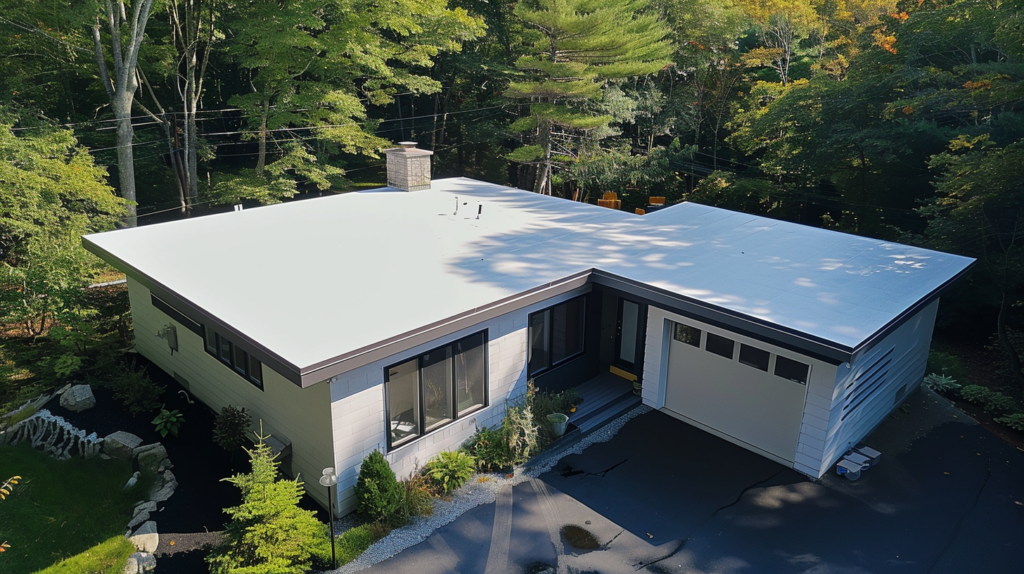
Single-ply membranes are durable and weathertight, that’s why it’s a popular choice for low slope roofs. The three main types are EPDM, TPO and PVC. PVC and TPO membranes are more reliable in handling temperature swings and solar exposure, making them suitable for different climates.
These membranes are also eco-friendly, they are recyclable. Roofing contractors can ensure that single-ply membranes are installed correctly, whether fully adhered, mechanically attached, or ballasted.
Single-ply membranes can be fully adhered, mechanically attached or ballasted. Heat-welded lap seams in PVC and TPO membranes will ensure strong and watertight seal.
With typical thickness of 30 to 60 mils these membranes will provide robust protection and long life.
Modified Bitumen Membranes
Modified bitumen membranes is composed of asphalt modified with rubber or plastic, has better durability and easier to repair.
These membranes can withstand wide range of temperatures, making it suitable for different climates. The two common types are APP (Atactic Polypropylene) and SBS (Styrene-Butadiene-Styrene) often used in modified bitumen roofs.
Roofing contractors can help you choose the right type of modified bitumen membrane and ensure proper installation.
Installation methods for modified bitumen roofing are self-adhered, torch down and cold adhered.
The systems has good weatherproofing and flexibility, SBS membranes excels in absorbing structural movement. Polyester and fiberglass mat reinforcement will enhance performance and durability.
Built-Up Roofing (BUR)
Built-up roofing (BUR) has been around since the mid to late 1800s and is known for its historical significance and water resistance. A built up roof system consists of multiple layers of bitumen and reinforcing fabrics, often topped with gravel or mineral granules.
Although robust, built up roofs have durability issues in extreme temperature swings and a labor-intensive installation process.
Roofing contractors can provide the expertise needed for the proper installation and maintenance of BUR systems.
BUR is more effective for low-slope roofs, making it suitable for commercial applications. Its multi-layer construction provides high protection against water intrusion and long-term performance.
Additional Treatment for Better Performance
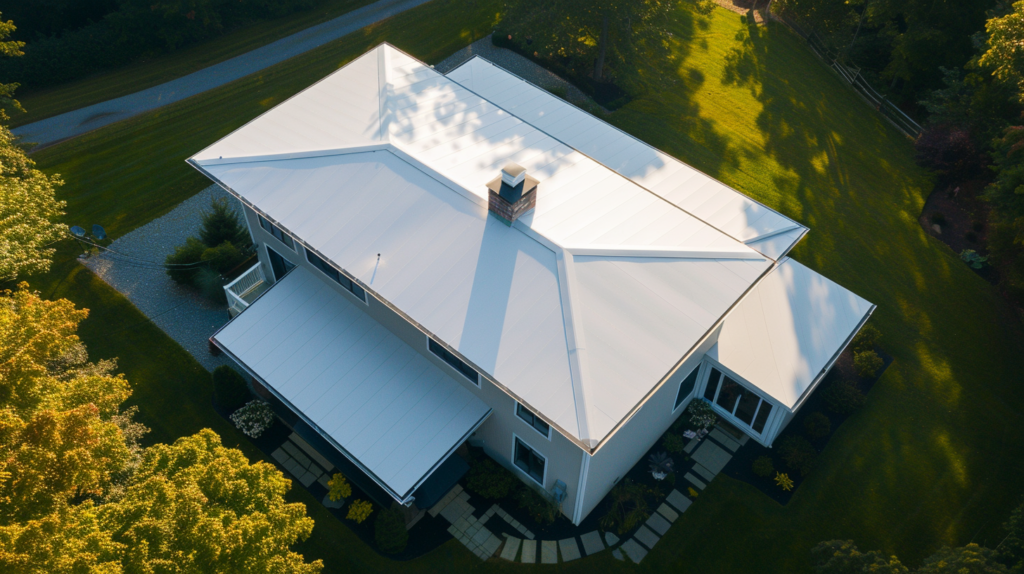
Additional treatment can be applied to low slope roofs to maximize its performance and life. PVC roofing membranes reflects heat, keeping the space below cooler and reduce energy cost.
TPO membranes has similar benefits, provides reflective surface that enhance energy efficiency. Roofing contractors can apply these additional treatments to enhance the performance and longevity of your low slope roof.
New innovations in PVC formulations are phthalate-free and low-volatile organic compound options for environmentally friendly projects.
ID Flat Roof uses advanced materials and technology like DeckShield to improve roofing systems energy efficiency and life.
Spray Polyurethane Foam-Based (SPF) Systems
SPF systems has many advantages, it can keep roof deck dry and create a seamless membrane that minimize the risk of leaks.
These systems are applied continuously so it will be watertight. Roofing contractors can ensure that SPF systems are applied correctly to provide a seamless and watertight membrane.
Choosing the right membrane for SPF systems consider weather condition, traffic and budget.
Reflective Coatings
Reflective coatings is a great way to enhance energy efficiency by reducing heat absorption in low slope roofs. These coatings reflects sunlight, preventing overheating and lower cooling cost for commercial buildings especially in Southern climates.
Roofing contractors can apply reflective coatings to enhance energy efficiency and protect the roofing material from UV damage.
These coatings will protect the roofing material from UV damage and extend its life.
Choosing the Right Treatment for Your Low Slope Roof
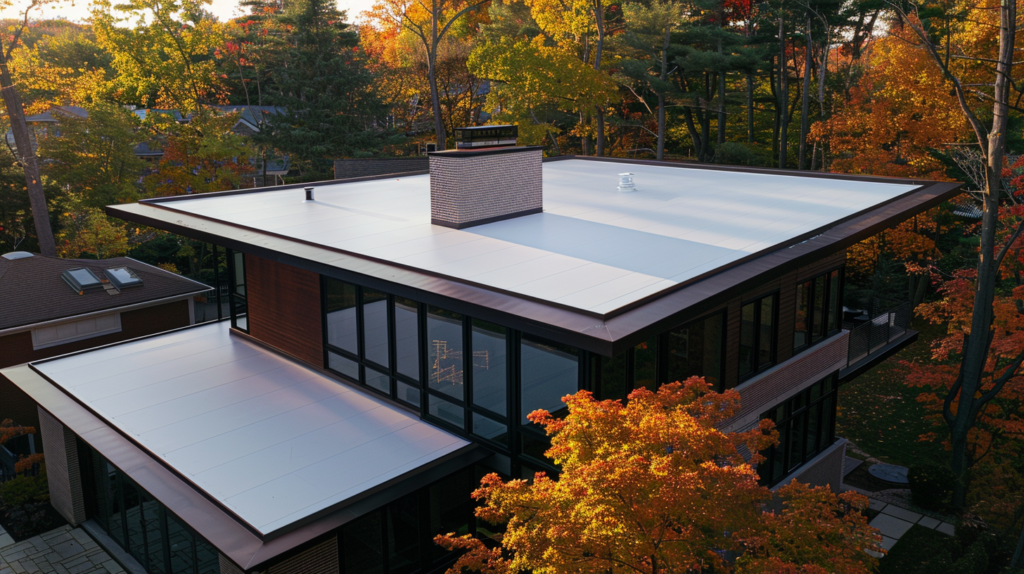
Choosing the right treatment for a low slope roof consider several factors, location, weather, construction type and use. The choice of roofing material is critical since the roof is exposed to water, UV rays and foot traffic, so it needs to be durable.
The BUR roofing system is a viable option for robust protection and insulation benefits. Hiring a local roofer will give you valuable insight on the geographical condition that will affect the treatment. Consulting with roofing contractors can help you make an informed decision based on your specific needs and conditions.
Proper drainage is key to prevent water accumulation that can cause structural damage. Regular maintenance can extend the life of low slope roof and prevent premature failure. Consult with experts to ensure high quality materials will be used and minimize future repair.
Climate
Climate will affect the choice of treatment. In dry areas, low slope roofs are preferred for minimal precipitation. In tropical areas, roofing materials must resist humidity and vegetation growth.
Reflective coatings will lower cooling cost in Southern climate by reflecting solar energy.
In cold climate, roofing materials must withstand heavy snow and freezing temperature. Knowing the specific climate condition of the area will guide you in choosing the right treatment to ensure durability and efficiency. Roofing contractors can help you select materials that are best suited for your specific climate conditions.
Budget and Life
Budget and life of the material are the key in choosing a treatment. Long lasting material may cost more upfront but will save you in the long run due to less maintenance.
Investing in quality material will give you better performance and life, it’s cost effective in the long run.
Weighing the initial investment vs the long term benefit is important in making a decision. Consult with roofer to balance your budget with the need for durable and efficient roofing solution.
Roofing contractors can help you balance your budget with the need for durable and efficient roofing solutions.
Installation Tips
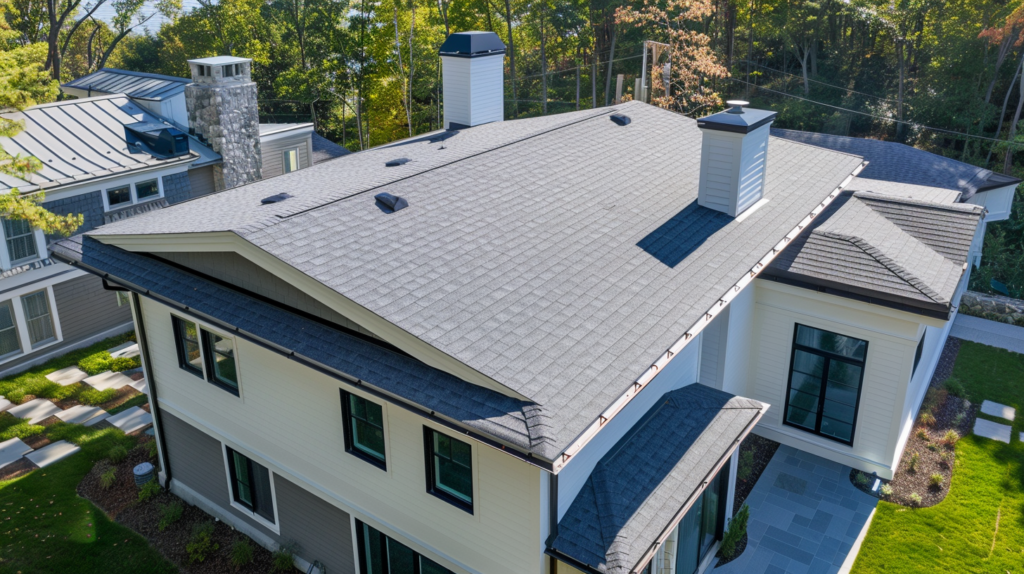
Following best practices during installation is important for low slope roof systems. Skilled roofer will minimize the risk of improper installation.
Clear communication between roofer and other trades will ensure proper installation and avoid mistakes.
Hot air welding will enhance installation and roof life especially for PVC membrane. Hiring skilled roofing contractors will minimize the risk of improper installation and ensure the longevity of your roof.
Proper drainage must be maintained to prevent water accumulation that can damage the roofing membrane.
Address ponding water and loose fasteners immediately and repair it. Regular debris removal is also important to prevent water accumulation.
Surface Preparation
Proper surface preparation will reduce future leak. Dry and suitable insulation board will prevent moisture damage.
Self-adhering modified bitumen membrane will simplify installation and reduce labor cost. Roofing contractors can ensure that the surface is properly prepared to reduce future leaks and damage.
Regular seam inspection is necessary for low slope roof.
Professional Installation
Licensed roofer will ensure proper installation of low slope roof, reduce future risk. They are expert in inspecting the roof for damage such as cracks and tears before installation.
They have experience with low slope roof to avoid common installation mistakes. Roofing contractors have the expertise and equipment to ensure proper installation and long-term performance.
Professional installation also involves using specialized equipment and techniques such as hot air welding to create durable and watertight seam.
This will make the roofing application robust and long lasting, give you peace of mind as a building owner.
Maintenance Tips for Longer Roof Life
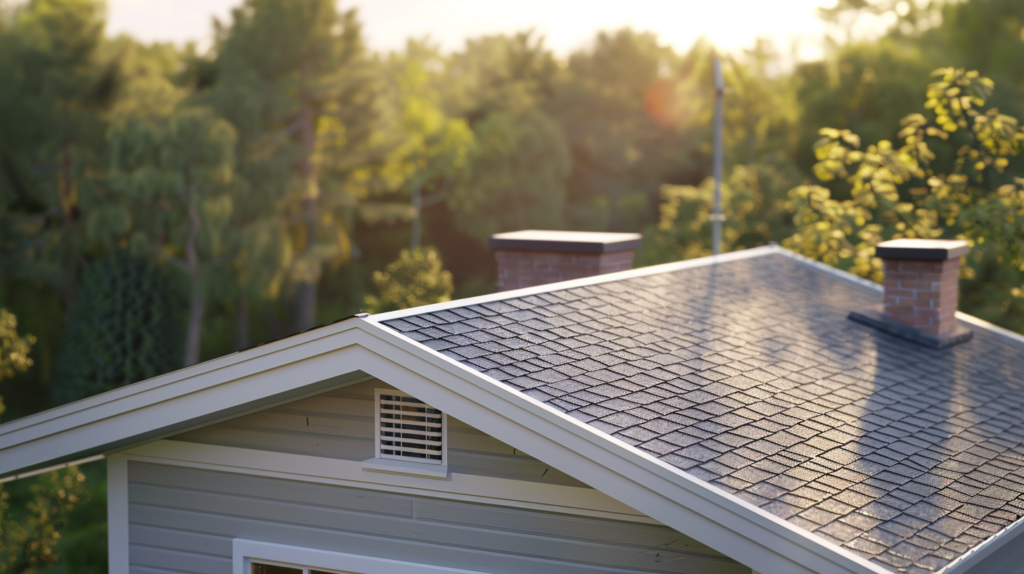
Regular maintenance will extend the life of low slope roof. Inspect bi-annually in spring and fall and after severe weather to identify potential problems. Address ponding water immediately to maintain roof integrity and function.
Check sealants and flashings regularly for deterioration to prevent leak and extend roof life. Roofing contractors can provide regular maintenance services to extend the life of your low slope roof.
Minimize foot traffic on low slope roof to prevent puncture and damage. Protective walk pads will further reduce mechanical damage.
Regular maintenance visit will identify potential problem early and keep the roof in good condition.
Cleaning and Repair
Regularly remove debris from the roof surface to prevent water accumulation and damage. Periodic power washing will remove grime and moss to prevent deterioration.
Inspect and reseal seams or joints of the roofing membrane to prevent leak.
Roofing contractors can perform regular cleaning and repairs to prevent water accumulation and damage.
Replace damaged or missing flashing to prevent water penetration in vulnerable areas. Address minor puncture or tear with patching compound to prevent bigger problem.
Regular preventive maintenance visit will identify and address potential problem early to avoid major repair.
ID Flat Roof Solutions
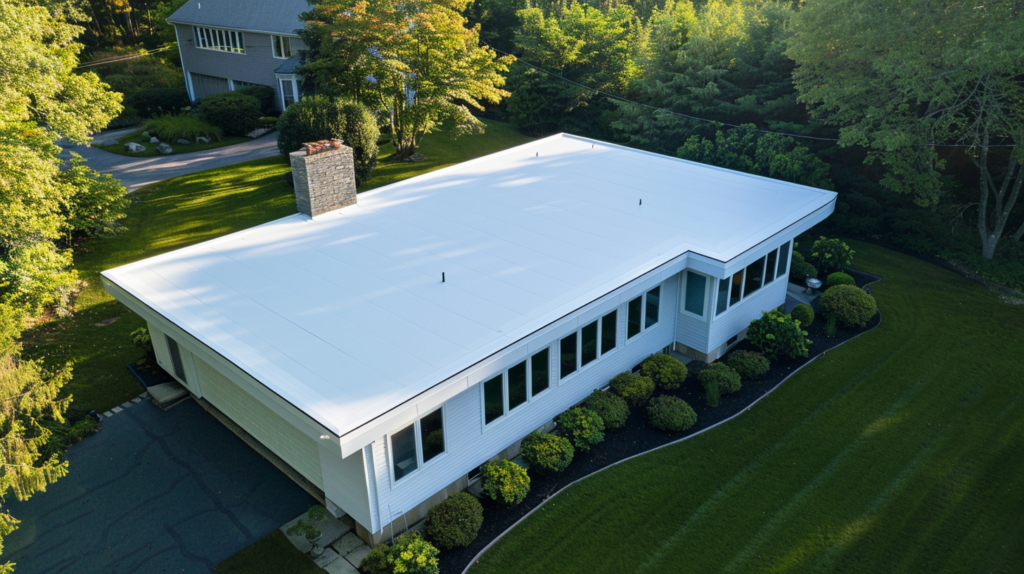
ID Flat Roof offers solutions such as skylight installation, Deck Shield installation, solar PV roof and dancing deck.
We specialize in advanced roofing materials like PVC, TPO and EPDM membrane to ensure high quality and long lasting roofing system.
We also offer 10 year workmanship warranty and 10 year guarantee on their roofing products. Their team of experienced roofing contractors ensures high-quality and long-lasting roofing systems.
Our services range from flat roof repair and replacement to maintenance and installation to cater each client’s need.
Advanced materials and techniques such as hot air welding for PVC membrane will ensure watertight and durable seam.
That’s ID Flat Roof’s edge in the industry.
Understanding the Basics of Flat Roof: Read Now
Massachusetts Commercial Roof Gutter Installation: Code Requirements and Best Practices
Finding Reliable Roof Leak Repair Services
High-Quality PVC Roof Installation at 23 St Marys Ct, Brookline, MA
Understanding Hail Damage: Causes and Solutions
Comprehensive Roofing Renovation at 7 Craigie Circle, Cambridge, MA
Efficient White PVC Roof Installation at 54 Solaris Rd, Hyde Park, MA
Specialized Materials and Technology
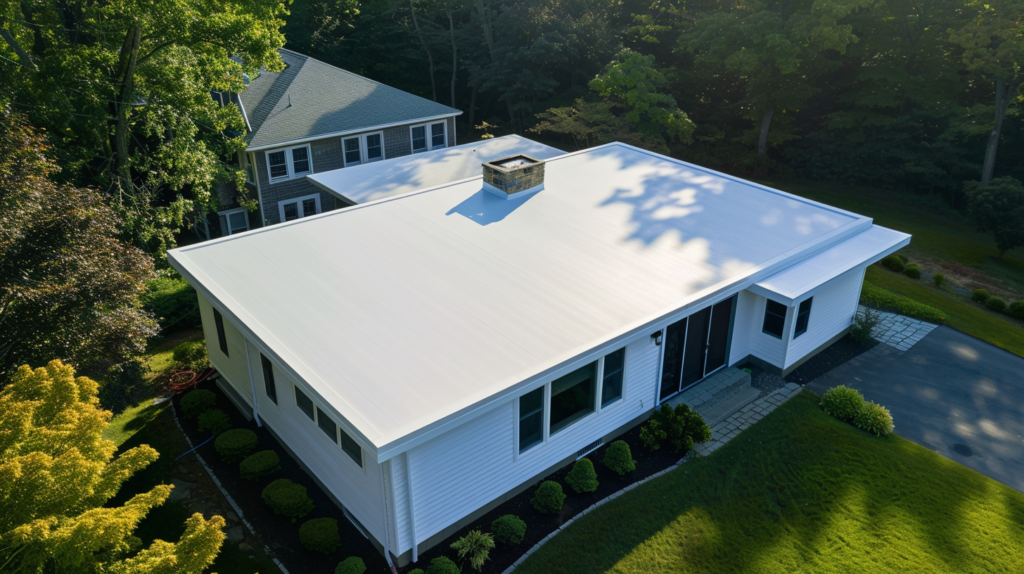
ID Flat Roof uses specialized materials and technology to deliver better roofing solution. They use hot welding technique for PVC membrane to create seam that will prevent leak and enhance durability.
This method will ensure correct installation and optimal performance to give long term protection and efficiency to low slope roof.
Their roofing contractors are skilled in using advanced materials and techniques to deliver superior roofing solutions.
Conclusion
In summary, low slope roof requires specialized treatment and maintenance to make it durable and efficient. Knowing the components, treatment and advanced option will help you make informed decision.
Each option from single ply membrane to built up roofing system has its own benefit and challenge.
What to choose involves climate, budget and longevity. Proper installation and regular maintenance will extend the roof life.
By using innovative solution and advanced materials from ID Flat Roof, building owner can keep their low slope roof in good condition for years. Are you ready to take action? Hand over your roof to ID Flat Roof.
FAQs
Low slope roof often experience water intrusion, poor water shedding and leak from improper flashing so regular maintenance is key to prevent damage. Stay on top of these issues to keep your roof watertight and durable.
The types of single ply roofing membrane are EPDM, TPO and PVC. Each has its own benefit so it’s good to know your options!
Professional installation is required for low slope roof because it will minimize future problem and guarantee the roof’s durability and longevity. You want to have peace of mind that your roof is installed correctly!
It’s best to inspect low slope roof twice a year, spring and fall and after any severe weather. Stay on top of these inspection to catch the issue early!
ID Flat Roof uses advanced materials and technology to offer innovative solution such as skylight installation, solar PV roof and unique feature like dancing deck. They are all about designing your space smart!
Denis is the driving force behind ID Flat Roof, a leading company in Boston specializing in flat roof repair and installation for over 20 years.
Expertise:
Denis excels in PVC, TPO, EPDM, and rubber roofing. His meticulous approach ensures quality and customer satisfaction.
Innovation:
Denis incorporates cutting-edge solutions like skylights and solar PV roofing.




